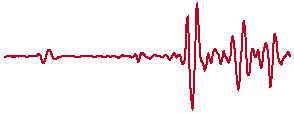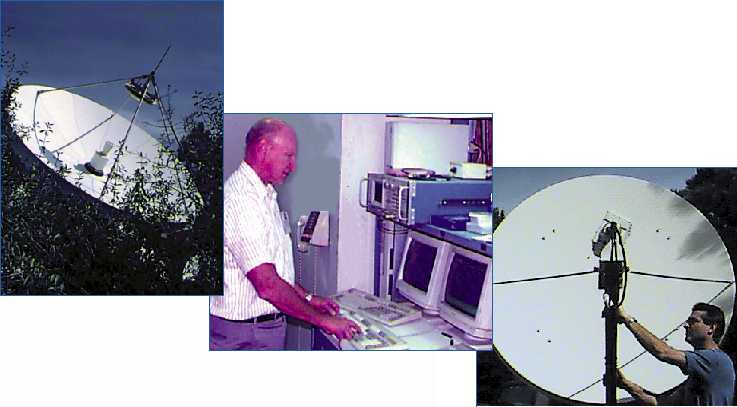Earthquake data from the
U.S. National Seismograph
Network and other stations
feed into USGS computers, located in Golden, Colo., via
satellite transmissions and through the Internet.
information. The United States National
Seismograph Network (USNSN), operated by
the USGS, provides uniform coverage of the
whole Nation and integrates data from the
regional networks. The NEIC rapidly reports
earthquakes to Federal, State, and local emer-
gency managers, public utilities, the media,
and the public. The RSN’s fulfill a similar role
within their regions. The cooperation and
coordination of the RSN’s and the USNSN is
organized through the Council of the National
Seismic System (CNSS), of which the USGS
is the steward.
Understanding Earthquake Hazards Across the United States
M
ore than 2,500 seismograph stations
monitor earthquakes throughout the
conterminous United States, Alaska, and
Hawaii. The stations are grouped into regional
networks operated by local institutions. The
U.S. Geological Survey (USGS) supports
many of these regional networks and operates
its own nationwide network. The regional
seismograph networks (RSN’s) provide infor-
mation about earthquakes to the USGS
National Earthquake Information Center
(NEIC) in Colorado, which serves as a nation-
al point of contact for distributing earthquake
Monitoring Earthquakes
Across the United States
T
hose who plan for and respond to earthquake disasters, and those who study
earthquakes, require timely notification of earthquake occurrences and informa-
tion to mitigate losses. Earthquake events throughout the United States are cur-
rently monitored by sophisticated systems that provide the notification and information
needed by decision makers before and during times of crisis. The national and regional
earthquake monitoring systems for the United States have evolved into one of the
world’s finest emergency-management and research tools.
USGS Fact Sheet 146-97
1997
U.S. Department of the Interior
U.S. Geological Survey




